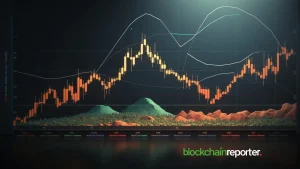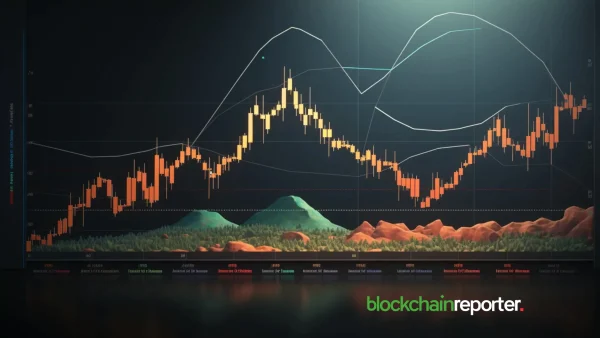
Bitcoin’s Fear & Greed Index has entered the “Optimism Stage,” historically a key phase before major price rallies. According to analyst Woo Minkyu, this stage has often marked the early phases of a sustained Bitcoin uptrend, as growing investor confidence fuels capital inflows. However, the market has yet to enter the “Euphoria Stage,” which signals peak bullish sentiment and often precedes sharp corrections.
The latest data from CryptoQuant indicates that despite Bitcoin’s recent gains, FOMO (Fear of Missing Out) has not yet taken hold, suggesting room for further price appreciation. The chart illustrates a repeating cycle where sentiment gradually shifts from fear to optimism, leading to significant price increases before reaching euphoric levels.
The Fear & Greed Index is a widely used metric that gauges overall investor sentiment by analyzing factors such as volatility, market momentum, social media trends, and Bitcoin dominance. Historically, the transition from the Optimism Stage to the Euphoria Stage has aligned with some of Bitcoin’s most notable bull runs.
The chart highlights past instances when Bitcoin’s sentiment entered the optimism zone, followed by sharp rallies. For example, during late 2020 and early 2021, the index’s climb into optimism signaled the beginning of Bitcoin’s ascent to new all-time highs. However, as the metric moved into euphoria, the market became overheated, eventually leading to corrections.
Bitcoin’s Market Cycle and Outlook
Bitcoin’s current positioning within the Optimism Stage suggests that market sentiment is improving but has not yet reached extreme bullish levels. In previous market cycles, this stage has often been followed by increased accumulation from institutional and retail investors, contributing to price surges. However, the absence of widespread FOMO indicates that Bitcoin may still have room to grow before a potential peak.
Crypto analyst Woo Minkyu emphasizes that while optimism is a positive sign for bulls, the real test comes when the market approaches euphoria. When investors exhibit excessive confidence and retail participation surges dramatically, historical data suggests that Bitcoin becomes vulnerable to sharp downturns. This pattern was evident in early 2021 and late 2017, where Bitcoin’s price soared before facing substantial corrections.
As Bitcoin remains in the Optimism Stage, traders and investors will be closely monitoring key resistance levels and market trends. Institutional inflows, macroeconomic conditions, and liquidity levels will play a crucial role in determining whether Bitcoin can sustain its upward trajectory or face consolidation before its next move.
One potential catalyst for Bitcoin’s continued growth is increasing adoption and the evolving regulatory landscape. With spot Bitcoin ETFs gaining traction and institutional players deepening their involvement, long-term demand remains strong. However, traders should remain cautious as history shows that once the market shifts into the Euphoria Stage, corrections become increasingly likely.








